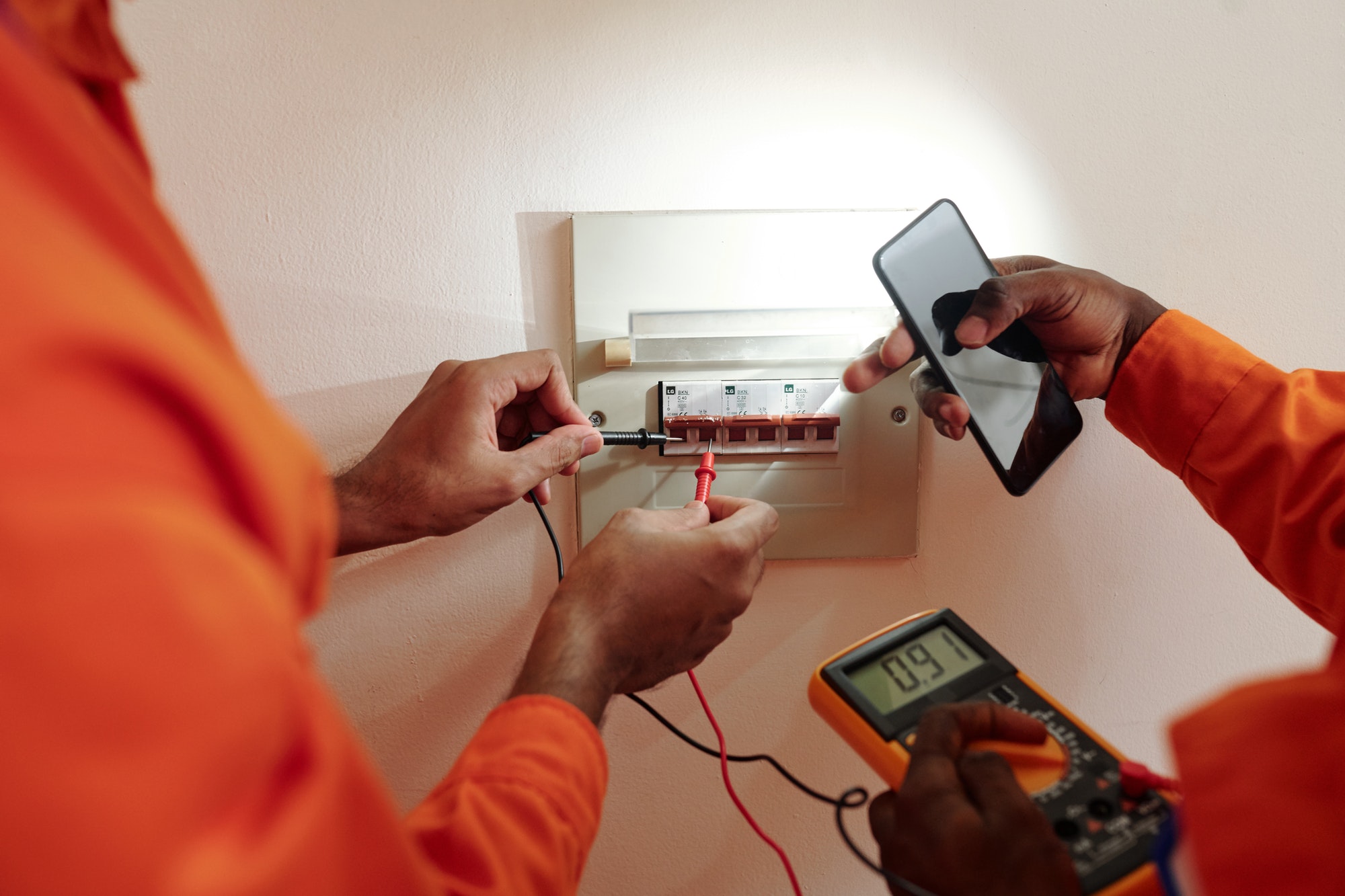DIY electrical repairs can be rewarding and cost-effective, but they come with significant risks if not done correctly. Electrical work involves potentially hazardous situations that can result in severe injury or even death if proper safety measures are not followed. Here are some essential precautions to take when undertaking DIY electrical repairs.
1. Understand Your Limits
Before starting any electrical work, honestly assess your skills and knowledge. Basic tasks like changing a light switch or replacing an outlet might be manageable for a competent DIY enthusiast. However, complex jobs like rewiring circuits or dealing with your home’s main electrical panel should be left to professionals.
2. Turn Off the Power
- Shut Off the Circuit: Always turn off the power to the circuit you will be working on. Locate the appropriate circuit breaker in your electrical panel and switch it off. Confirm that the power is off by using a non-contact voltage tester.
- Double-Check: Even if you’ve switched off the power, double-check that the circuit is not live before touching any wires or components. It’s a good habit to test multiple points to ensure complete deactivation.
3. Use Proper Tools and Equipment
- Insulated Tools: Use tools with insulated handles to protect against electric shock. Common tools like pliers, screwdrivers, and wire strippers are available in insulated versions.
- Voltage Tester: Always use a voltage tester to verify that no current is flowing through the wires before starting any work. Non-contact voltage testers are particularly safe and easy to use.
4. Wear Protective Gear
- Safety Glasses: Protect your eyes from debris and accidental sparks by wearing safety glasses.
- Rubber-Soled Shoes: Wear rubber-soled shoes or boots to provide an extra layer of insulation from the ground.
- Gloves: Use insulated gloves to protect your hands from electric shock, especially when working in tight spaces.
5. Be Aware of Your Environment
- Dry Area: Ensure your working area is dry. Water is a conductor of electricity and increases the risk of shock. Avoid working in damp or wet conditions.
- Adequate Lighting: Make sure the area is well-lit to clearly see what you are working on. Poor lighting can lead to mistakes and accidents.
6. Follow Proper Wiring Practices
- Color Coding: Pay attention to wire color coding. Typically, black or red wires are hot, white wires are neutral, and green or bare wires are ground. Make sure to connect wires correctly to avoid short circuits and electrical hazards.
- Secure Connections: Ensure all wire connections are tight and secure. Loose connections can cause arcing, which can lead to fires.
- Use Wire Nuts: Use wire nuts to cap off wire ends and prevent exposed wires from touching each other or other surfaces.
7. Understand the Load Capacity
- Check Load Ratings: Ensure that the electrical components you are installing or repairing are rated for the load they will carry. Overloading circuits can lead to overheating and fire hazards.
- Circuit Breakers: Make sure the circuit breaker protecting the circuit is correctly rated for the wiring and load it serves. Never replace a breaker with one of a higher rating to solve a tripping problem without addressing the underlying issue.
8. Secure Permits and Follow Codes
- Local Codes: Familiarize yourself with local electrical codes and regulations. These codes are designed to ensure safety and compliance with best practices.
- Permits: Obtain any necessary permits for electrical work. While this might seem like a hassle, it ensures that your work is inspected and meets safety standards.
9. Label Everything
- Label Wires and Breakers: Label wires and breakers to keep track of which wires go where and what each breaker controls. This practice is especially useful for troubleshooting and future repairs.
- Document Changes: Keep a record of any changes or additions you make to the electrical system. This documentation can be invaluable for future reference or when consulting a professional.
10. Know When to Call a Professional
- Complex Issues: If you encounter complex issues, unfamiliar wiring, or if the repair involves the main electrical panel, it’s best to call a licensed electrician.
- Persistent Problems: If a problem persists despite your efforts, professional intervention is necessary. Electrical issues can sometimes indicate deeper, more dangerous problems.
Conclusion
DIY electrical repairs can be safely managed with the right precautions, knowledge, and tools. Always prioritize safety by understanding your limits, turning off the power, using proper tools, wearing protective gear, ensuring a safe environment, following proper wiring practices, understanding load capacities, securing permits, labeling everything, and knowing when to call a professional. By adhering to these essential precautions, you can effectively and safely perform DIY electrical repairs while protecting yourself and your home from potential hazards.
4o






